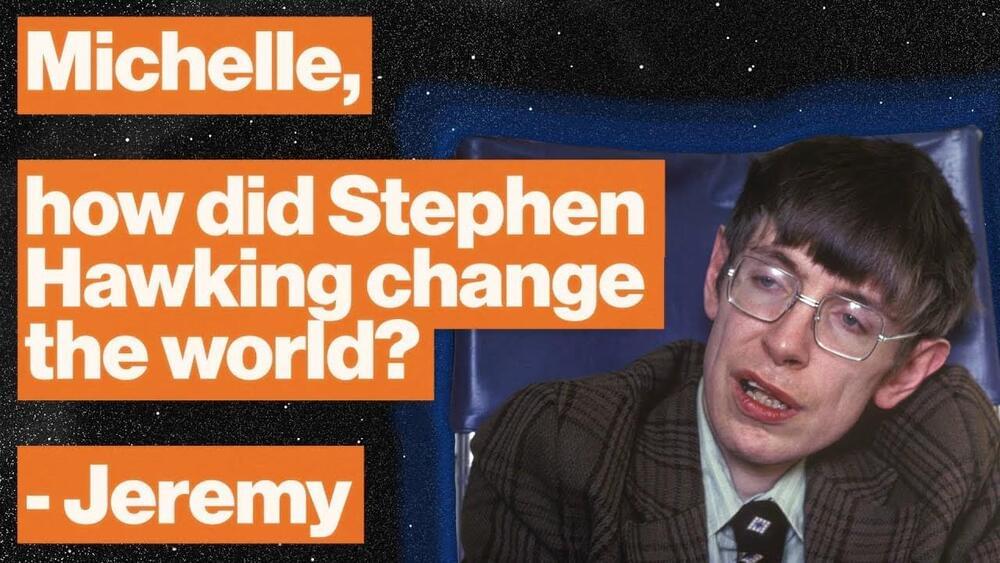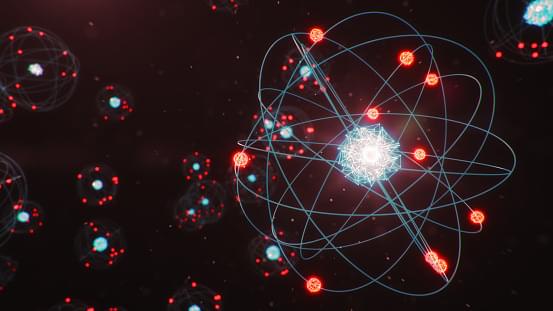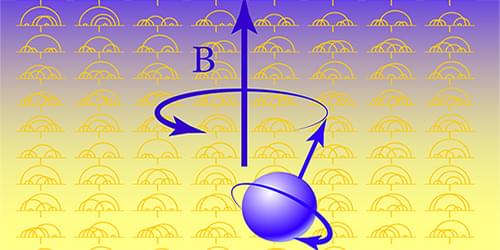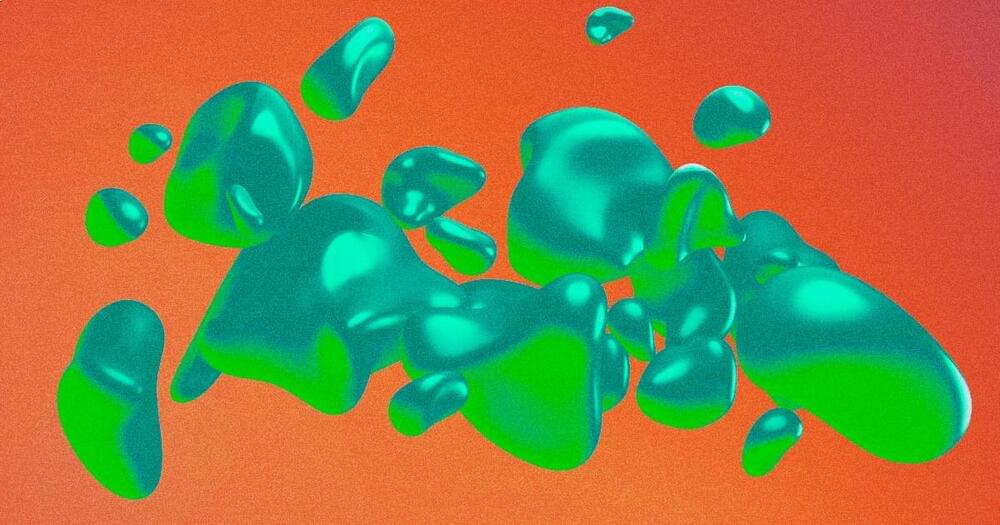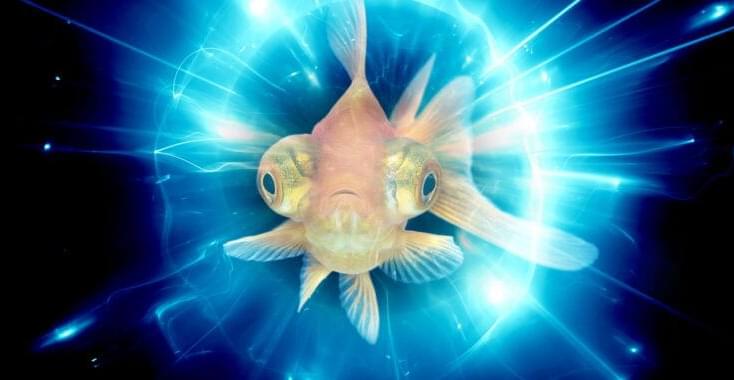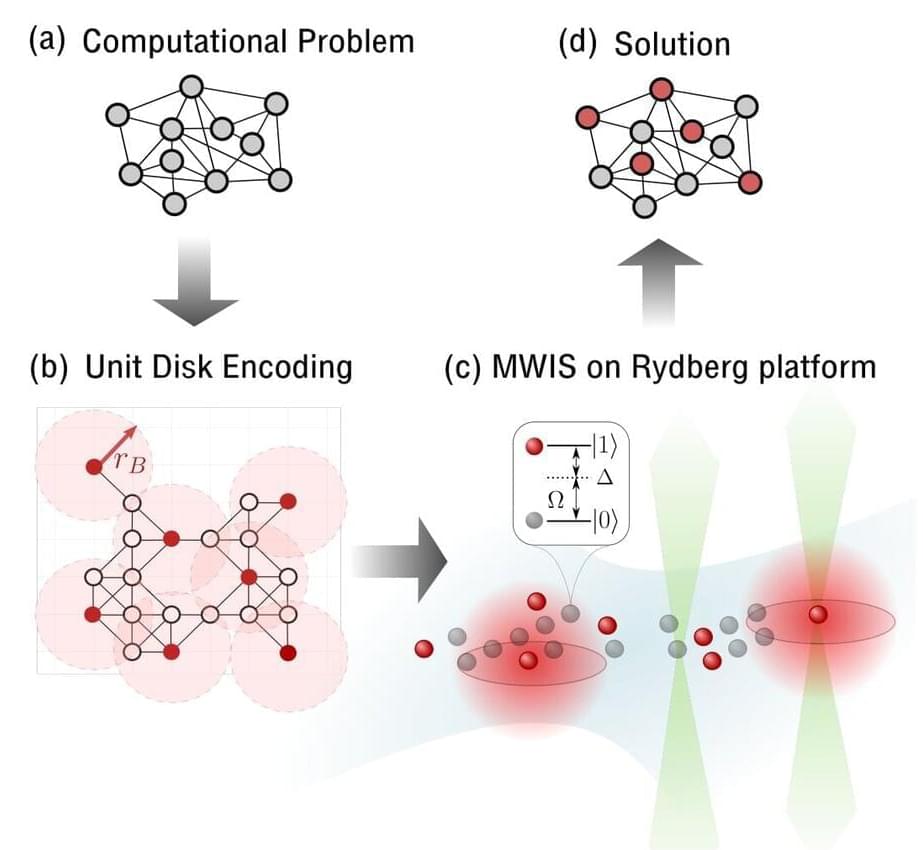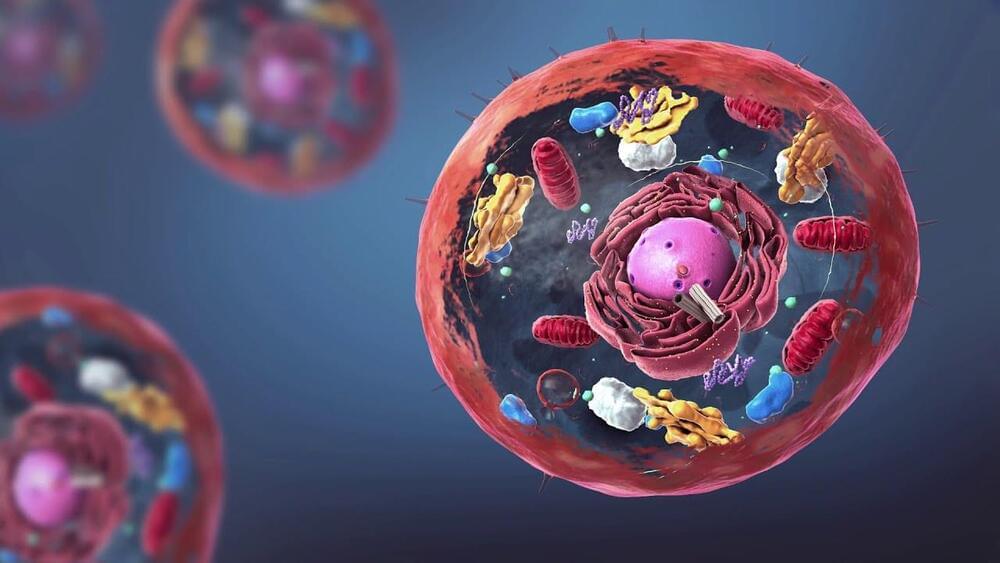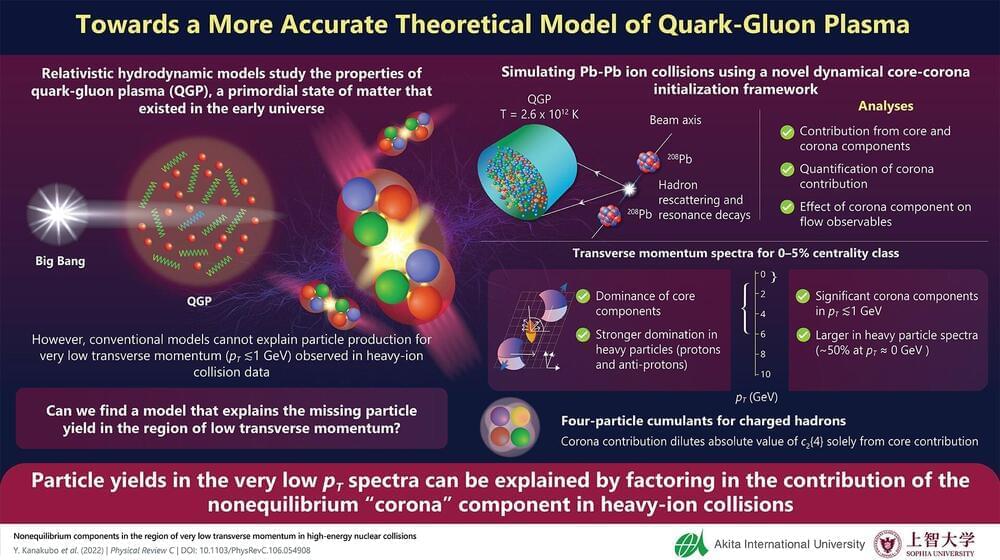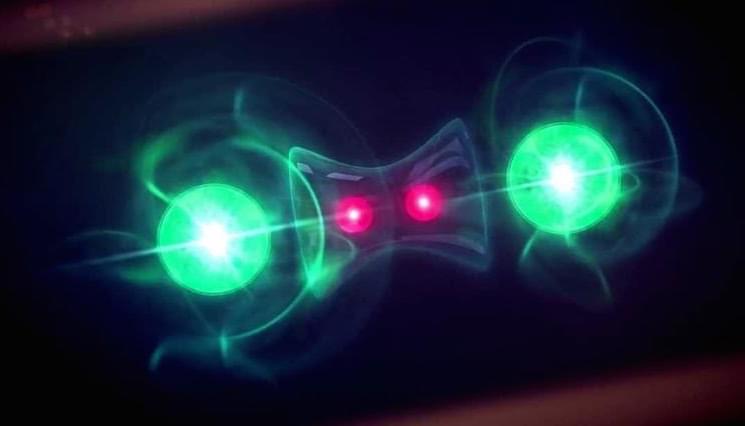Feb 15, 2023
Silicon nanoelectronic device hosts ‘flip-flop’ qubit
Posted by Dan Breeden in categories: computing, particle physics, quantum physics
A team led by Professor Andrea Morello has just demonstrated the operation of a new type of quantum bit, called ‘flip-flop’ qubit, which combines the exquisite quantum properties of single atoms, with easy controllability using electric signals, just as those used in ordinary computer chips.
“Sometimes new qubits, or new modes of operations, are discovered by lucky accident. But this one was completely by design,” says Prof. Morello. “Our group has had excellent qubits for a decade, but we wanted something that could be controlled electrically, for maximum ease of operation. So we had to invent something completely new.”
Prof. Morello’s group was the first in the world to demonstrate that using the spin of an electron as well as the nuclear spin of a single phosphorus atom in silicon could be used as ‘qubits’ – units of information that are used to make quantum computing calculations. He explains that while both qubits perform exceptionally well on their own, they require oscillating magnetic fields for their operation.
